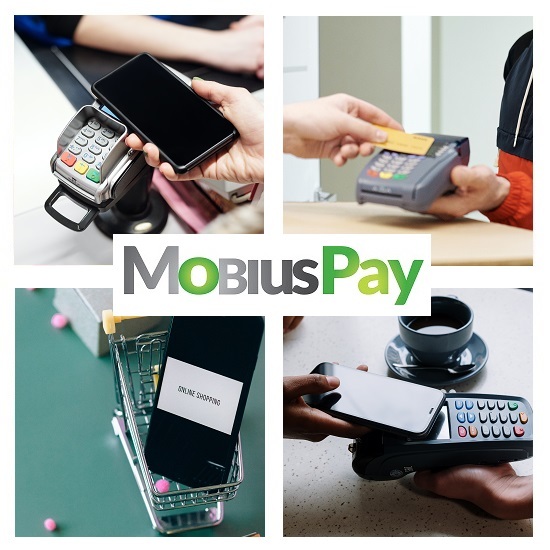WHY BEING COMPLETELY TOUCHLESS MAY BE THE SEXIEST ASPECT RIGHT NOW

All of these years we’ve been tapping keypads like trained monkeys to make payments. Swipe your card, press some buttons, stare at a screen with hard to read numbers and instructions - these habits are now finally becoming part of the past, as the glory of touchless payments is gaining momentum in a world where Covid is making everyone want to stay at least six feet away from everything else.
In this era of quarantines, everyone needs to be able to pay for things as quickly and efficiently as possible, with as little contact as we can. Physical cards are either being embedded into smaller wearable items, such as rings, or they’re becoming completely digital. Digital wallets are the wave of the future, allowing users to avoid the burden of carrying credit cards or being in contact with anyone directly.
The less you have to touch another person’s property, i.e. credit cards, terminals, etc. the safer the transactions can be carried out. Now we are seeing the anxiety of shopping in a store starting to lead to evolutionary changes that may also loosen restrictions or change the safeguards used by card associations to verify purchase made online.
Moving Forward
New credit solutions of a technical nature will need to be implemented, and regulations on payments will need to be reworked with the new changes, making it more important than ever for merchants to work with processors who are well versed in these endeavors.
With people becoming more aware of touchless payment technology, the desire for it has increased exponentially, especially with the current pandemic state. According to Beyond The Card, there are 56% of consumers that claim better curbside and delivery interactions, there’s an 88% portion of POS terminals around the world that should be NFC-capable by 2024, and 35% of in-store transactions in the UAE that are using touchless payment.
Another factor that makes touchless payments a great idea is that the security around an EMV chip has been proven to be much more secure than the magnetic strips of the past. EMV chips use cryptography to protect transaction data, and makes it very difficult to read the data that’s available on the chip. The fact that a person’s card never has to leave their hands, also adds to the already increased security, and touchless payments are PCI compliant.
Two-Factor Authentications
There is one factor about touchless card payments that can make their use a little easier for thieves. If no one is asking for ID, because they’re not going to touch your card, then whomever is using it won’t necessarily have to show they’re not you. That has lead many merchants to require two-factor authorization and we expect that to eventually become the new industry standard online.
Two-factor authorization is a dynamic method of verification that makes use of the consumer’s affirmative consent in real time. Rather than just scanning a magnetic strip or asking for a static CVV code off the back of a card, merchants can send a verification text to the user’s mobile device asking them to confirm a purchase they made moments ago. This makes any kind of third party thief need access to the card account, and the users mobile device at the moment of the transaction during any point of sale. Providing consumers and merchants with the maximum amount of security, while maintaining only the barest minimum amount of contact.
The New Movement
Whether it’s big business, or small business, granting easier forms of payment with a level of extra safety attached, is the wave of the future that everyone needs to ride. Increasing scalability, flexibility, speed to market, and reliability are core principles that can be further established in the innovative world of touchless payments. With the blooming genius behind the constantly increasing technology, it won’t be long before payments are all transitioned to mobile wallets and other forms of touchless payment interactions. The digital world is no longer looming over us, it’s here, and we’re all living in it.
The recent November 2020 study titled How Location Data Can Help Banks Prevent Online Fraud, conducted as a PYMNTS and GeoGuard collaboration was able to survey 2,141 U.S. consumers with mobile devices. Respondents each use credit or debit cards at least monthly currently, but the study found they have significantly greater willingness to share mobile location data with FIs to keep their accounts safe than in prior years. It also found that consumers have an increased interest in switching to banks that leverage geolocation tools to prevent fraud.
Many popular platforms like the massive video game marketplace Steam, which is owned by Valve, integrated two-factor authentication into their login and purchasing framework recently as well. So the many different entities that have started to simultaneously educate consumers about touchless payments and two-factor fraud protection appear to be having a profound impact on consumer spending habits and security expectations.
As always, the team at MobiusPay is keeping a close eye on the ways these changes will affect the payment processing landscape for our clients, and we look forward to working with you as you integrate new methods of fraud prevention while benefiting from a far more frictionless process at the point of sale, digitally and beyond.
Return to Blog








* Created by
